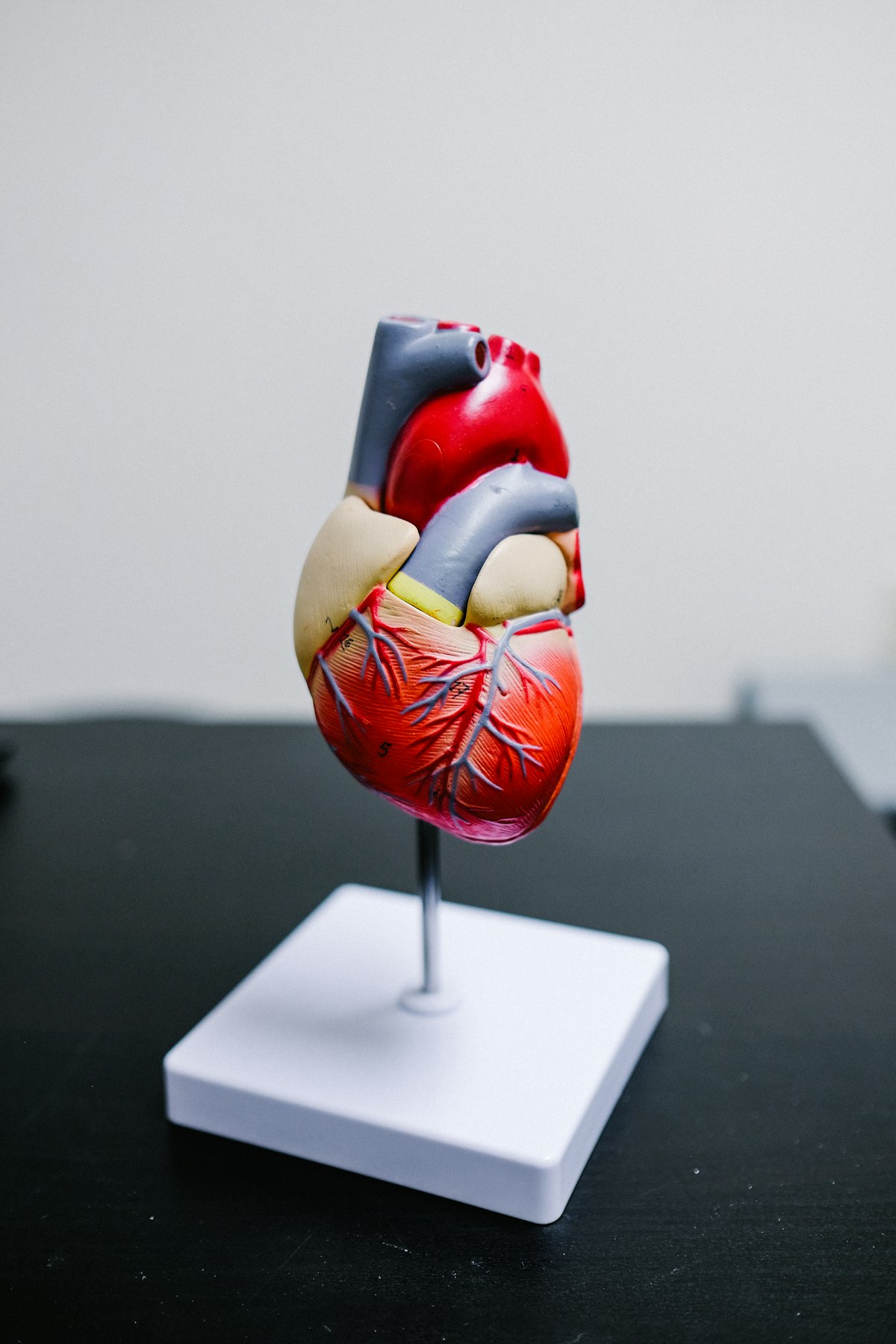
Diabetes and cardiovascular disease are two conditions that are closely linked, with one often leading to the other. Understanding the connection between these two health issues is crucial for managing both conditions effectively and preventing further complications. In this article, we will explore the relationship between diabetes and cardiovascular disease, the risk factors associated with each condition, and strategies for reducing the risk of developing these serious health issues.
Diabetes is a chronic condition that affects how your body processes glucose, the main source of energy for your cells. There are two main types of diabetes: type 1, which is usually diagnosed in children and young adults, and type 2, which is more common in adults and is often linked to obesity and a sedentary lifestyle. Diabetes can lead to a range of complications, including heart disease, stroke, kidney disease, and nerve damage. In fact, people with diabetes are two to four times more likely to develop heart disease or have a stroke compared to those without diabetes.
Cardiovascular disease, on the other hand, refers to a group of conditions that affect the heart and blood vessels, including coronary artery disease, heart failure, and peripheral artery disease. Cardiovascular disease is the leading cause of death globally, accounting for over 17.9 million deaths each year. People with diabetes are at an increased risk of developing cardiovascular disease, as high blood glucose levels can damage blood vessels and lead to atherosclerosis, a build-up of plaque in the arteries that can restrict blood flow and increase the risk of heart attacks and strokes.
There are several risk factors that can increase the likelihood of developing diabetes and cardiovascular disease. These include:
– Obesity: Excess body weight, particularly around the waist, is a major risk factor for both diabetes and cardiovascular disease. Obesity increases inflammation in the body, which can damage blood vessels and lead to insulin resistance, a key feature of type 2 diabetes.
– High blood pressure: Hypertension, or high blood pressure, is a common complication of diabetes and a major risk factor for cardiovascular disease. High blood pressure can strain the heart and blood vessels, increasing the risk of heart attacks, strokes, and other cardiovascular events.
– High cholesterol: Elevated levels of LDL, or “bad” cholesterol, and low levels of HDL, or “good” cholesterol, can increase the risk of atherosclerosis and cardiovascular disease. People with diabetes are more likely to have abnormal cholesterol levels, putting them at a higher risk of heart disease.
– Smoking: Tobacco use is a major risk factor for cardiovascular disease, as it can damage blood vessels, increase blood pressure, and raise the risk of blood clots. People with diabetes who smoke are at an even higher risk of developing heart disease compared to non-smokers.
– Physical inactivity: A sedentary lifestyle can increase the risk of obesity, high blood pressure, and abnormal cholesterol levels, all of which are risk factors for diabetes and cardiovascular disease. Regular physical activity can help improve insulin sensitivity, lower blood pressure, and reduce the risk of heart disease.
Managing diabetes and reducing the risk of cardiovascular disease involves making lifestyle changes and taking medications as prescribed by your healthcare provider. Here are some tips for managing diabetes and preventing cardiovascular complications:
– Monitor your blood glucose levels regularly and follow your healthcare provider’s recommendations for keeping your blood sugar under control. This may include taking medications as prescribed, eating a healthy diet, and exercising regularly.
– Maintain a healthy weight through a balanced diet and regular physical activity. Aim to eat a variety of fruits, vegetables, whole grains, lean proteins, and healthy fats, and limit your intake of processed foods, sugary beverages, and high-fat foods.
– Quit smoking and avoid secondhand smoke, as tobacco use can significantly increase the risk of heart disease and other cardiovascular complications. If you need help quitting, talk to your healthcare provider about smoking cessation programs and support groups.
– Keep your blood pressure and cholesterol levels in check by taking medications as prescribed, eating a heart-healthy diet, and exercising regularly. Your healthcare provider may recommend lifestyle changes or medications to help manage these risk factors.
– Stay active and exercise regularly to improve your cardiovascular health and reduce your risk of developing heart disease. Aim for at least 150 minutes of moderate-intensity exercise each week, such as brisk walking, cycling, or swimming.
In conclusion, diabetes and cardiovascular disease are closely linked health conditions that can have serious consequences if left untreated. By understanding the connection between these two conditions and taking steps to manage your diabetes and reduce your risk of heart disease, you can improve your overall health and well-being. Talk to your healthcare provider about how to effectively manage your diabetes and prevent cardiovascular complications, and make healthy lifestyle choices to stay on track with your treatment plan. Remember, small changes can make a big difference in your health and quality of life.

















